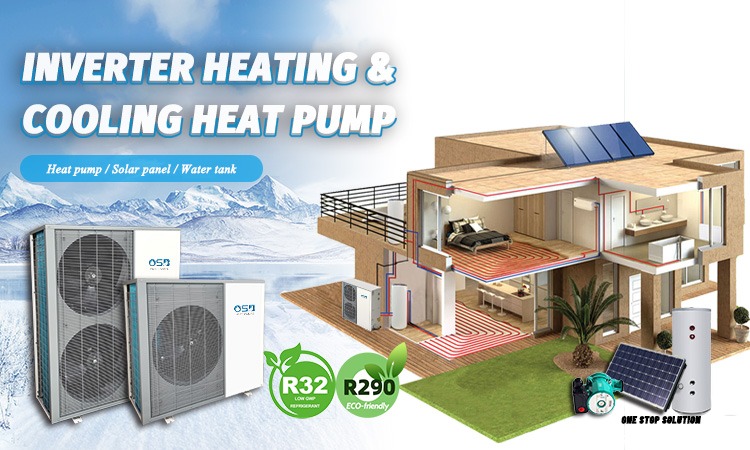Cost Analysis of Heat Pumps: Initial Investment, Operating Expenses, and Long-Term Benefits
Cost Analysis of Heat Pumps: Initial Investment, Operating Expenses, and Long-Term Benefits
As an efficient and energy-saving heating and cooling device, heat pumps have gained widespread use in both residential and commercial buildings in recent years. However, for many potential users, the cost of heat pumps remains a significant consideration. In this article, we will provide a detailed analysis of the initial investment costs, operating and maintenance expenses, and long-term economic benefits of heat pumps, giving you a comprehensive cost analysis perspective.
Initial Investment Costs
- Equipment Costs
The cost of heat pump equipment varies by type and brand. Generally, the cost of air-source heat pumps is relatively low, ranging from $5,000 to $15,000. Ground-source heat pumps, requiring ground drilling and installation of underground piping, are more expensive, typically ranging from $15,000 to $35,000.

- Installation Costs
Installation costs are also part of the initial investment. Air-source heat pumps are relatively simple to install, with costs ranging from $2,000 to $5,000. Ground-source heat pumps, requiring professional geological surveys and drilling, may have installation costs as high as $10,000 to $20,000.

- Accessories and Other Costs
Installing a heat pump system also requires auxiliary equipment and materials such as pipes, connectors, and thermostats, with costs typically ranging from $500 to $2,000. Additionally, in some areas, there may be permit and inspection fees.
Operating and Maintenance Costs
- Electricity Costs
Since heat pumps primarily rely on electricity to operate, electricity costs constitute the main part of their operating expenses. Heat pumps usually have a Coefficient of Performance (COP) between 3 and 5, meaning that 1 kWh of electricity can produce 3 to 5 kWh of heat. For a medium-sized household, monthly electricity costs range from $50 to $150, depending on usage and local electricity rates.
- Maintenance Costs
The daily maintenance costs for heat pumps are relatively low, mainly including regular cleaning, filter replacement, and system inspections. Annual maintenance costs are typically between $100 and $300. If malfunctions occur, repair costs vary depending on the issue; minor repairs may only cost a few hundred dollars, while major component replacements could cost thousands.
- Lifespan and Replacement Costs
Heat pumps generally have a lifespan of 15 to 25 years. While the equipment may need replacement at the end of its lifespan, their significant energy-saving effects typically offset the replacement costs over their usage period.
Long-Term Economic Benefits
- Energy Savings
Due to their high efficiency, heat pumps can save 30% to 50% on energy costs compared to traditional gas boilers or electric heaters. For example, if a household's annual heating and cooling costs are $3,000, using a heat pump could save $1,000 to $1,500 annually.
- Environmental Benefits
Heat pumps are powered by electricity rather than burning fossil fuels, significantly reducing carbon emissions. For environmentally conscious users, heat pumps offer both economic and environmental advantages.

- Government Subsidies
To promote energy conservation and emission reduction, many countries and regions provide subsidies and tax incentives for installing heat pumps. These policies can significantly reduce the initial investment costs, enhancing the economic viability of heat pumps. For example, the U.S. federal government and many state governments offer heat pump installation subsidies that can cover up to 30% of the total cost.
Comprehensive Analysis
Considering the initial investment, operating and maintenance costs, and long-term energy-saving effects, heat pumps are highly competitive in overall costs. Despite the high initial investment, the energy savings and government subsidies can lower long-term costs, offering a short payback period. Typically, within 5 to 10 years, the savings in energy costs can offset the initial investment, achieving real economic benefits.
Conclusion
As a highly efficient and energy-saving heating and cooling device, heat pumps offer significant economic and environmental benefits. Despite the high initial investment, the long-term energy savings and government subsidies can achieve cost recovery in a relatively short time. For users looking to reduce energy costs, improve living comfort, and reduce carbon emissions, heat pumps are a choice worth considering.
We hope this cost analysis provides valuable information to help you make an informed decision. If you have any further questions about heat pumps, feel free to leave a comment, and we will do our best to answer them.

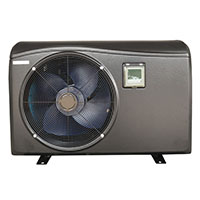 Swimming Pool Heat Pump
Swimming Pool Heat Pump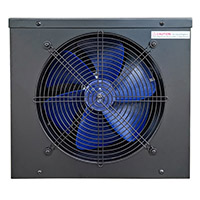 Ice Bath & Cold Plunge Chiller
Ice Bath & Cold Plunge Chiller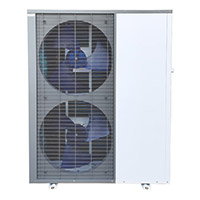 Heating & Cooling Heat Pump
Heating & Cooling Heat Pump Domestic Hot Water Heat Pump
Domestic Hot Water Heat Pump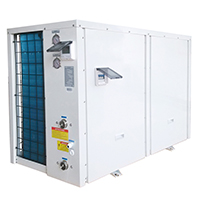 80℃ High Temperature Heat Pump
80℃ High Temperature Heat Pump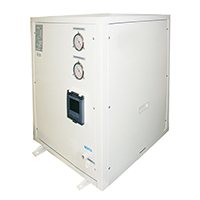 Geothermal / Water to Water Heat Pump
Geothermal / Water to Water Heat Pump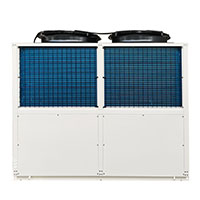 Commercial Industrial Heat Pump
Commercial Industrial Heat Pump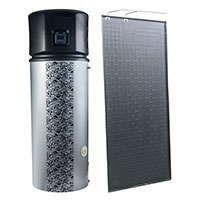 Solar Heat Pump
Solar Heat Pump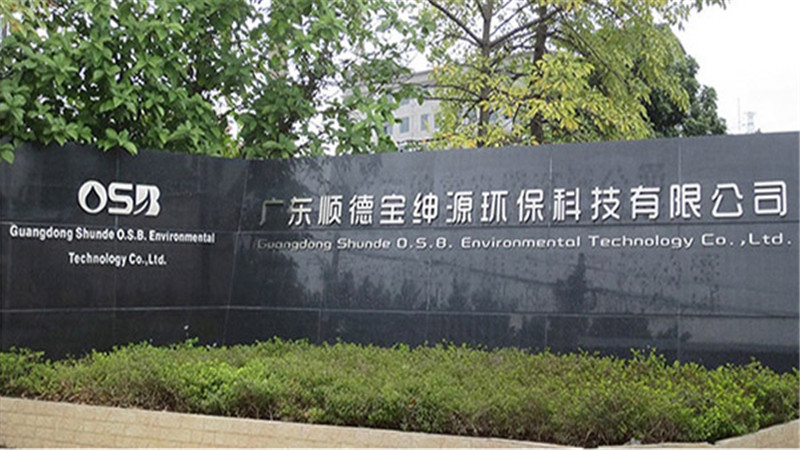 Company Profile
Company Profile Supplier Management System
Supplier Management System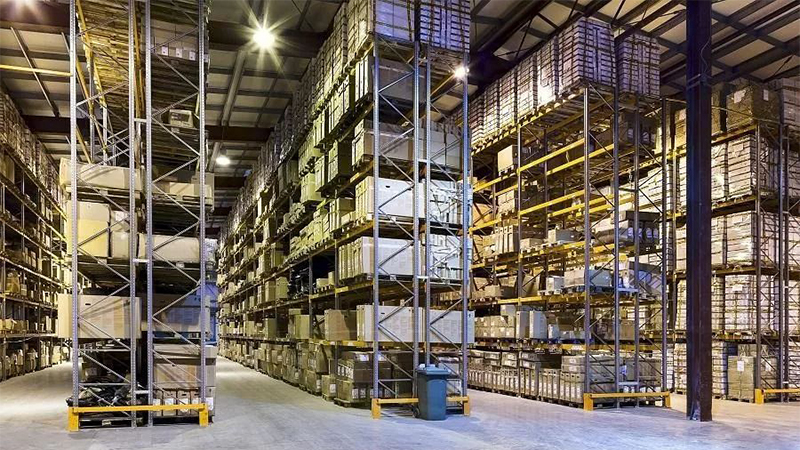 Material Management
Material Management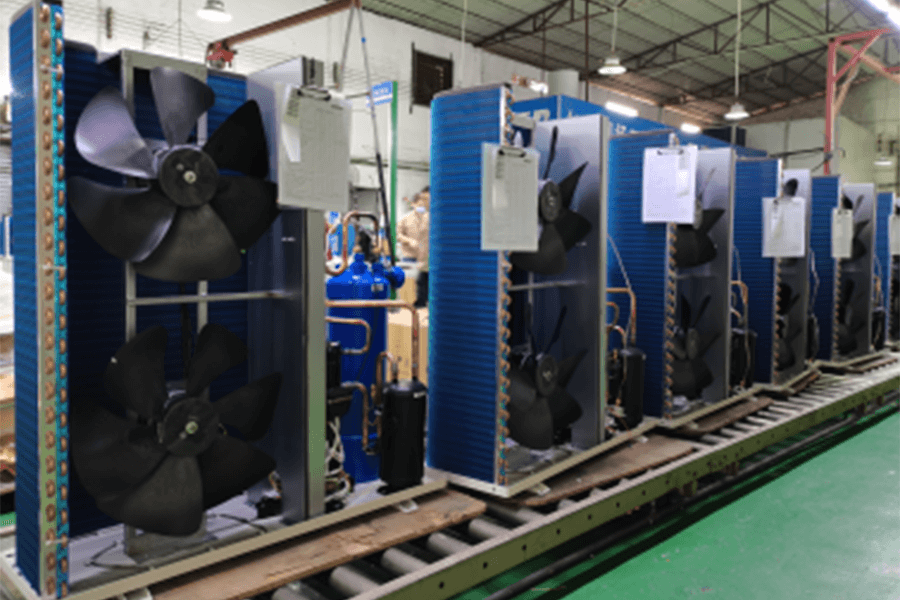 Production Process Management
Production Process Management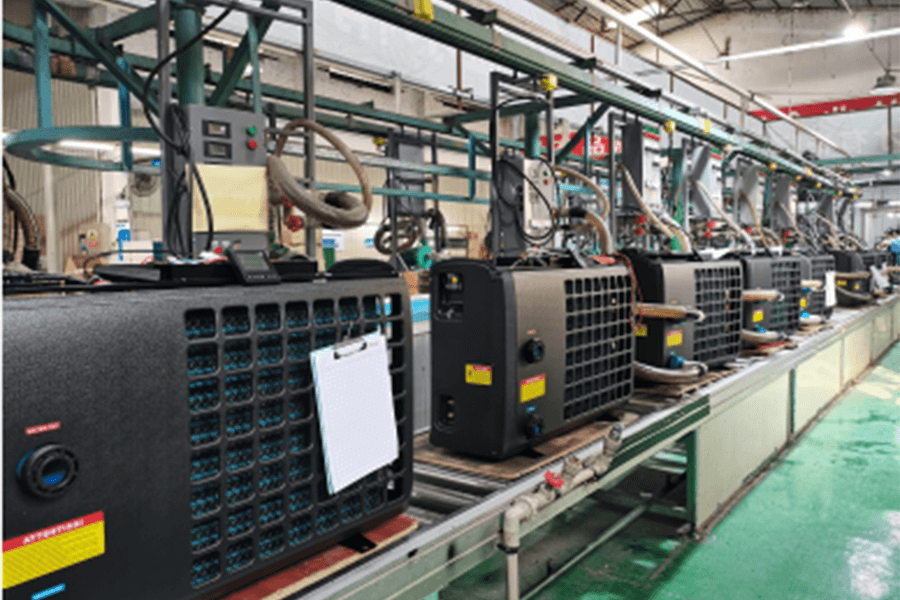 Product Inspection
Product Inspection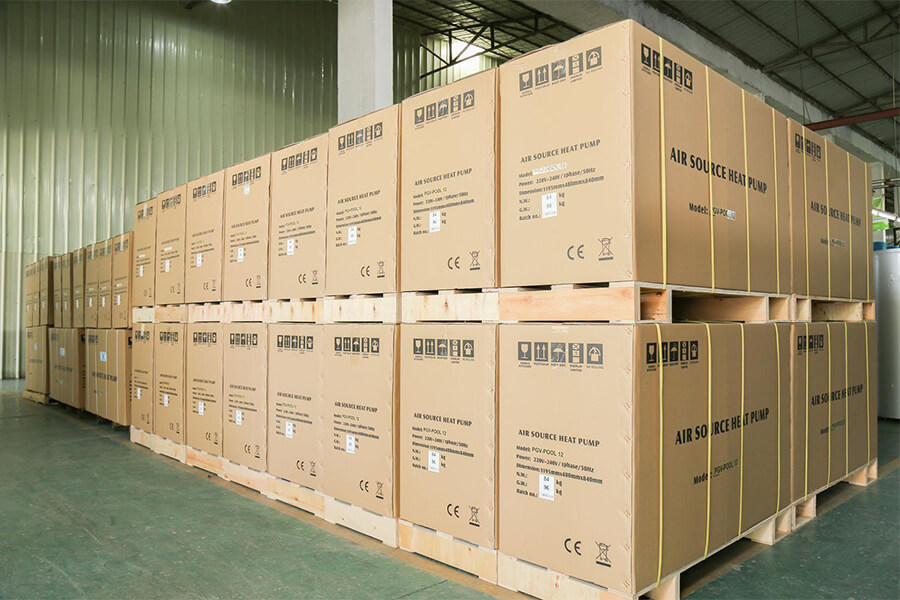 Packing & Shipping
Packing & Shipping After Sales Guarantee
After Sales Guarantee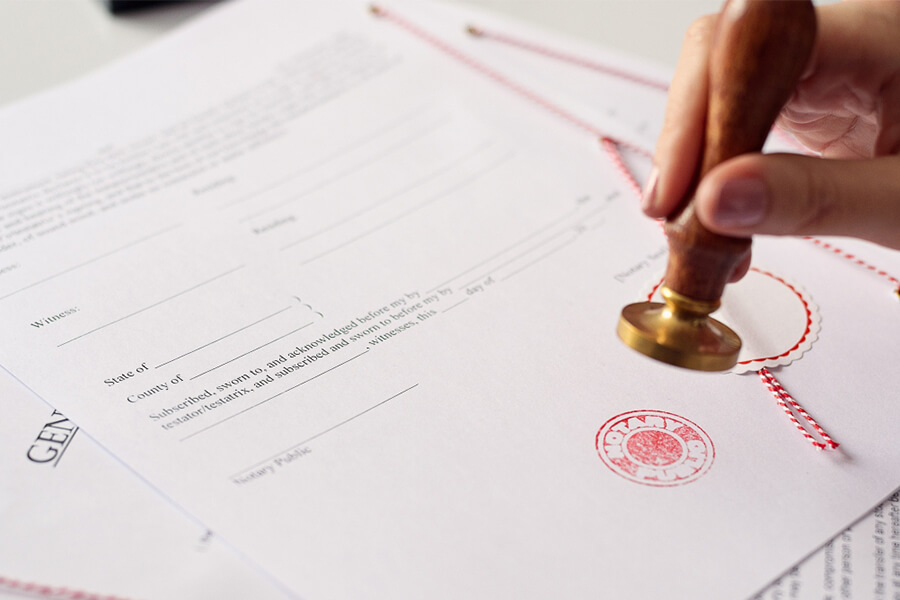 Certifications
Certifications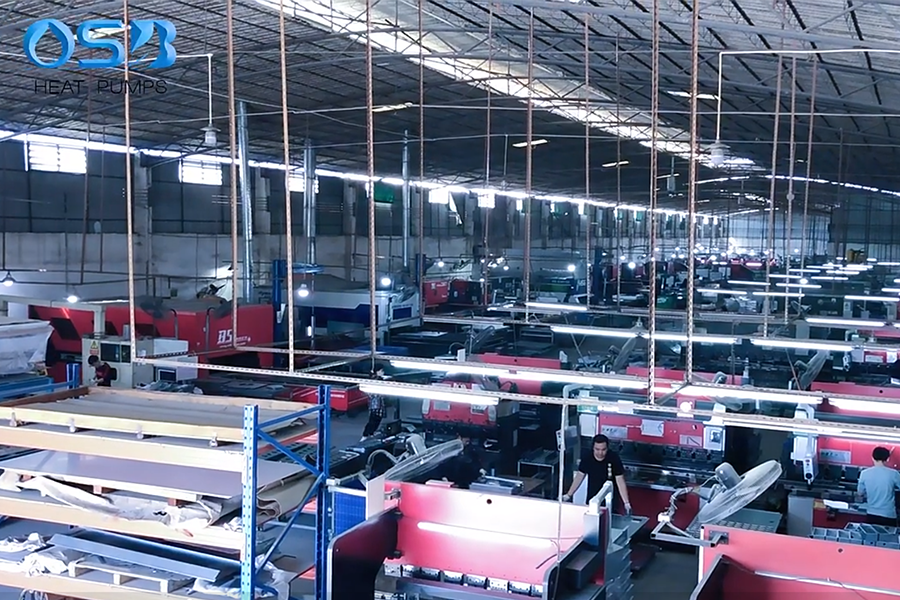 Stable Supply Chain
Stable Supply Chain Design Capability
Design Capability Production Efficiency
Production Efficiency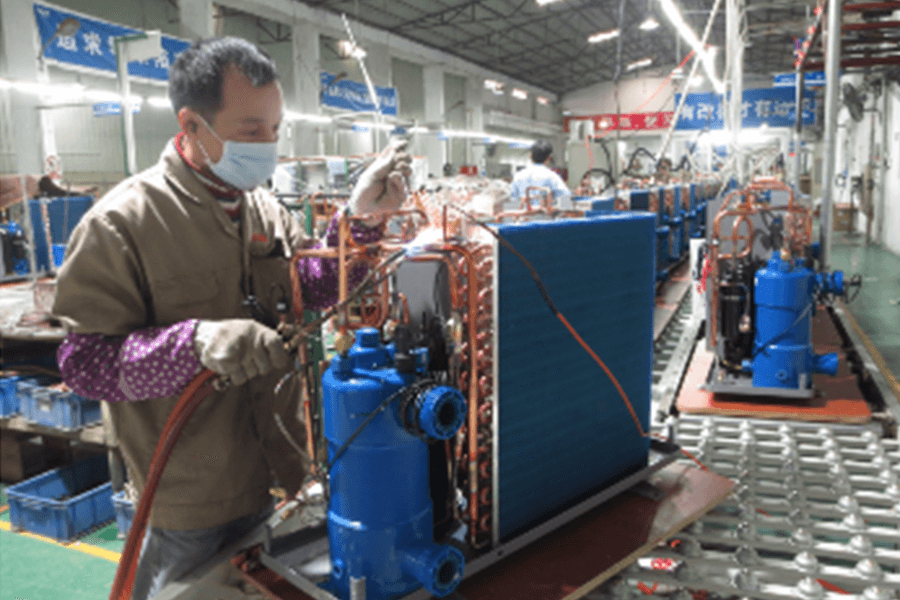 Skilled Workers and Advanced Production Process
Skilled Workers and Advanced Production Process Stable Cooperative Logistics
Stable Cooperative Logistics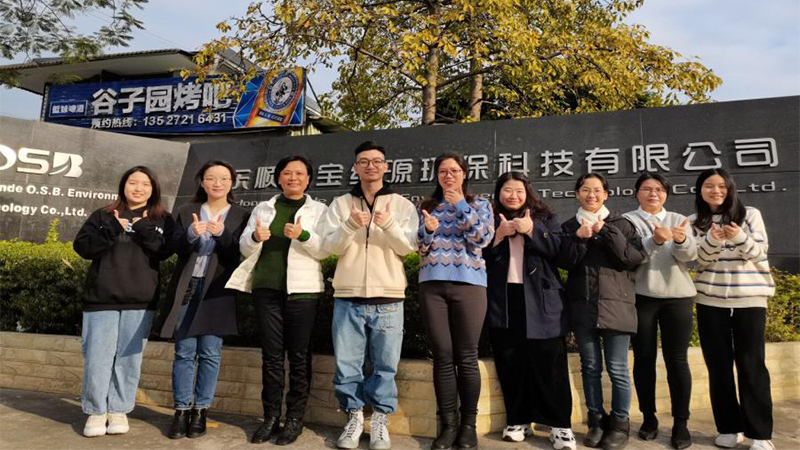 Team
Team Exhibition
Exhibition Advantages
Advantages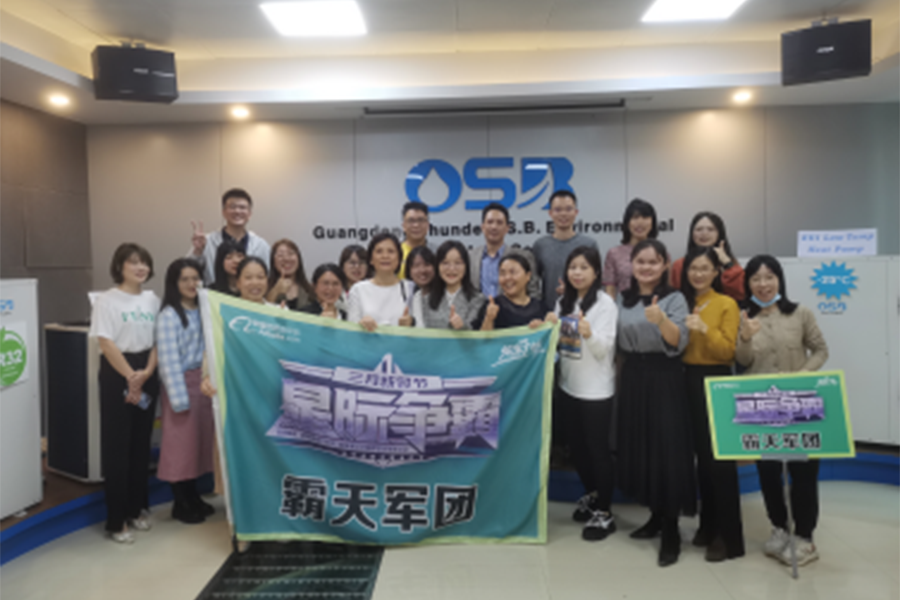 Social Responsibility
Social Responsibility









